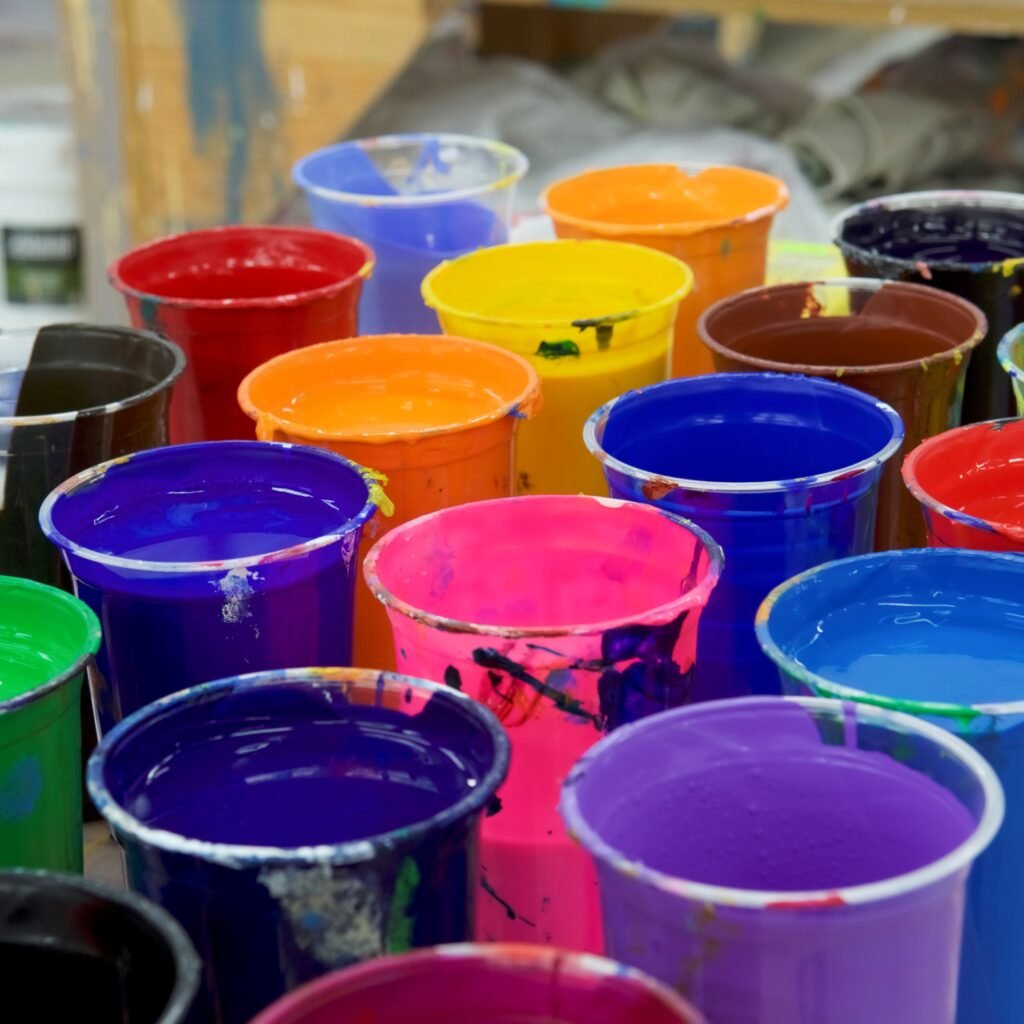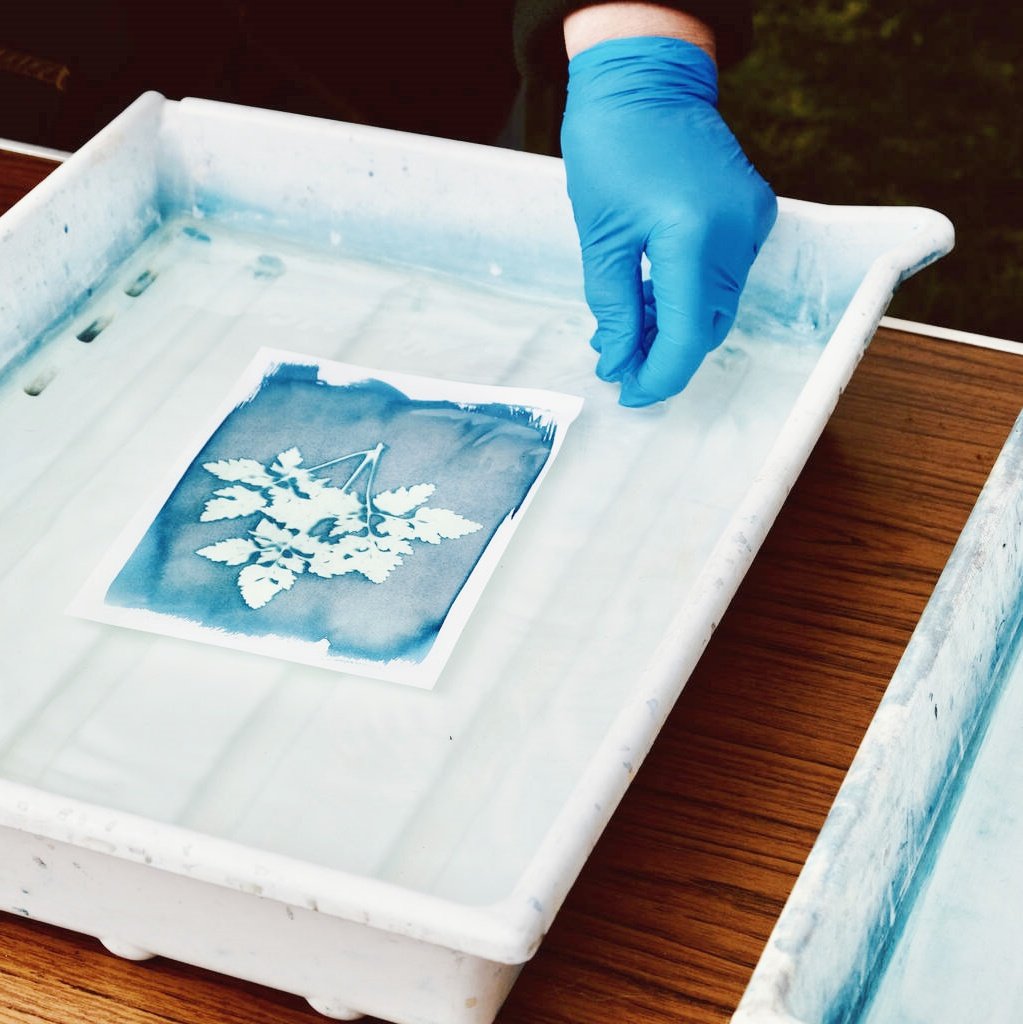In the printing industry, PVC Plastisol Ink is highly favored for its vibrant colors, durability, and excellent coverage. However, even high-quality PVC Plastisol Ink, formulated with premium pvc resins for plastisol screen ink, may encounter issues during the printing process. This article will delve into the common problems encountered during PVC Plastisol Ink printing and provide practical solutions to help improve printing quality and efficiency.
I. Common Issues in PVC Plastisol Ink Printing
1. Air Bubbles
During the printing process, air bubbles may appear in PVC Plastisol Ink, resulting in an uneven surface on the printed pattern and affecting aesthetics. Air bubbles are often related to ink stirring, viscosity, and pressure settings on the printing machine.
2. Screen Clogging
PVC Plastisol Ink may clog the screen during printing, especially when impurities or particles are present in the ink. Clogged screens can lead to unclear printed patterns or even printing failures.
3. Uneven Drying
Inconsistent drying speeds of PVC Plastisol Ink may cause color differences or patchiness in the printed pattern. Uneven drying is usually related to the ink formulation, the temperature and humidity of the printing environment, and the performance of the drying equipment.
4. Poor Adhesion
PVC Plastisol Ink may not adhere strongly to certain materials, causing the printed pattern to easily peel off or wear away. Poor adhesion is often related to the ink formulation, material preparation before printing, and the choice of printing process.
5. Blurred Printed Patterns
Blurred printed patterns may be caused by insufficient ink viscosity, inadequate printing pressure, or excessive printing speed. Blurred patterns can affect the overall aesthetics and quality of the product.
II. Solutions to PVC Plastisol Ink Printing Problems
1. Solution to Air Bubbles
- Thorough Stirring: Ensure PVC Plastisol Ink is thoroughly stirred before printing to eliminate air bubbles.
- Adjust Viscosity: Appropriately reducing the viscosity of the ink can reduce the occurrence of air bubbles.
- Optimize Printing Pressure: Adjust the pressure settings of the printing machine to ensure the ink transfers evenly and smoothly onto the substrate.
2. Solution to Screen Clogging
- Ink Filtration: Filter the ink before printing using a fine mesh to remove impurities and particles.
- Screen Cleaning: Regularly clean the screen to prevent ink residue from causing clogging.
- Choose Suitable Ink: Select PVC Plastisol Ink with good fluidity to reduce the risk of clogging.
3. Solution to Uneven Drying
- Adjust Ink Formulation: Improve the consistency of drying speeds by adjusting the ink formulation, such as increasing drying agents or adjusting the resin ratio.
- Control Printing Environment: Maintain stable temperature and humidity in the printing environment to ensure even drying of the ink.
- Optimize Drying Equipment: Choose high-performance drying equipment and adjust its parameters according to actual conditions.
4. Solution to Poor Adhesion
- Choose Suitable Ink: Select PVC Plastisol Ink with strong adhesion based on the substrate material.
- Prepare the Substrate: Properly prepare the substrate before printing, such as sanding or applying a primer, to improve ink adhesion.
- Optimize Printing Process: Choose appropriate printing processes and parameters, such as increasing printing pressure or reducing printing speed, to improve ink adhesion.
5. Solution to Blurred Printed Patterns
- Adjust Viscosity:适当增加油墨的粘度可以提高印刷图案的清晰度。(Literally translated, but usually you’d rephrase: Increasing the viscosity of the ink appropriately can improve the clarity of the printed pattern.)
- Optimize Printing Pressure: Increasing printing pressure allows the ink to better transfer onto the substrate, thereby improving the clarity of the printed pattern.
- Control Printing Speed: Reducing printing speed ensures that the ink has enough time to spread and cure on the substrate, thereby improving the clarity of the printed pattern.
III. PVC Plastisol Ink Formulation and Its Impact on Printing Results
The formulation of PVC Plastisol Ink is a key factor affecting its printing results. High-quality PVC Plastisol Ink typically uses high-grade PVC resin (pvc resins for plastisol screen ink) as the base material and adds appropriate amounts of plasticizers, pigments, stabilizers, and other components. The proportions and types of these components directly influence the ink’s viscosity, drying speed, adhesion, and color brightness.
- PVC Resin: PVC resin is one of the main components of PVC Plastisol Ink, determining the hardness and wear resistance of the ink. Different types of PVC resin have different performance characteristics, and choosing the right PVC resin is crucial for achieving the desired printing results.
- Plasticizers: Plasticizers are used to reduce the hardness of PVC resin, improving the flexibility and fluidity of the ink. Appropriate amounts of plasticizers can make the ink easier to print and reduce resistance during the printing process.
- Pigments: Pigments determine the color and brightness of the ink. High-quality pigments have good dispersion and stability, ensuring that the printed pattern has vibrant and lasting color.
- Stabilizers: Stabilizers prevent the ink from deteriorating during storage and use. They improve the ink’s weatherability and stability, extending its shelf life.
IV. How to Choose Quality PVC Plastisol Ink
When selecting PVC Plastisol Ink, besides considering its formulation and performance, you also need to focus on the following aspects:
- Brand Reputation: Choosing well-known brands and reputable suppliers can ensure the quality and stability of the ink.
- Environmental Performance: With the increasing awareness of environmental protection, more and more customers are paying attention to the environmental performance of inks. Choosing PVC Plastisol Ink that meets environmental standards can reduce pollution to the environment.
- Technical Support: High-quality suppliers usually provide comprehensive technical support and after-sales service to help customers solve problems encountered during the printing process.
- Cost-Effectiveness: When selecting ink, it is necessary to comprehensively consider its price, performance, and service life to ensure the best cost-effectiveness.
When choosing PVC Plastisol Ink, it is recommended to select premium products such as quart pf plastisol ink. These products are typically made from high-quality raw materials, offering excellent performance and stability to meet various printing needs.
Conclusion
PVC Plastisol Ink may encounter issues during the printing process, but these issues can be effectively resolved through reasonable formulation adjustments, optimization of the printing process, and selection of suitable inks and substrates. High-quality PVC Plastisol Ink not only provides excellent printing results and vibrant colors but also enhances the added value and market competitiveness of products. Therefore, when selecting and using PVC Plastisol Ink, it is important to pay attention to its formulation, performance, and the brand reputation and technical support of the supplier to ensure the best printing results.


